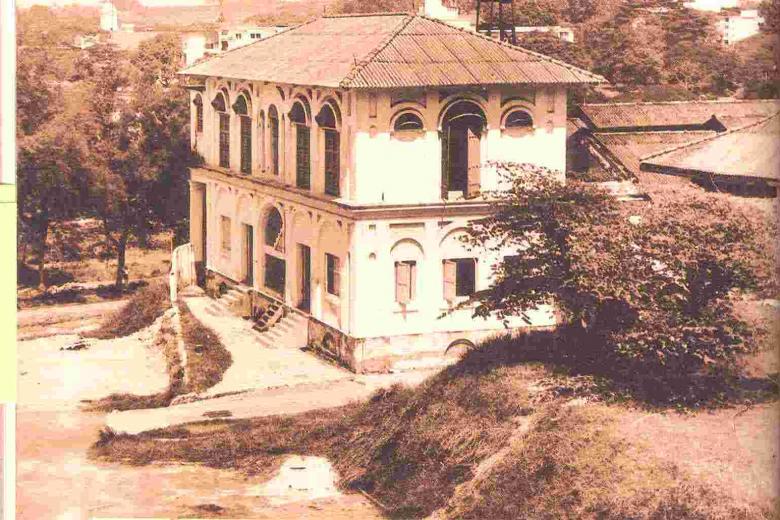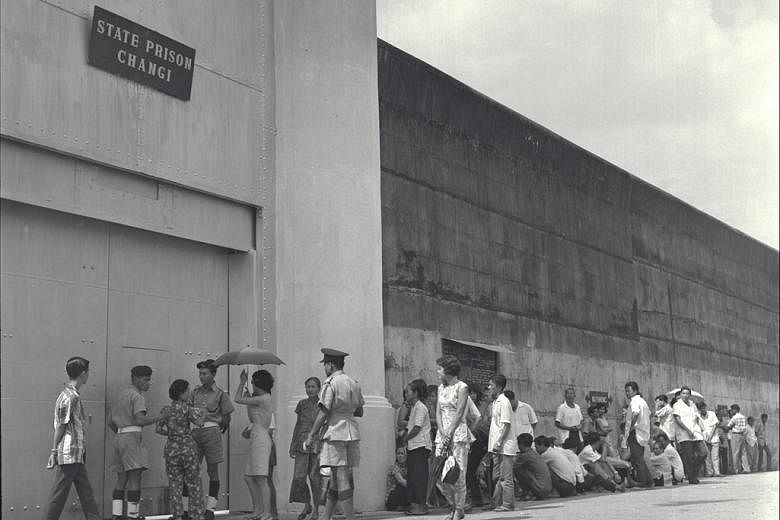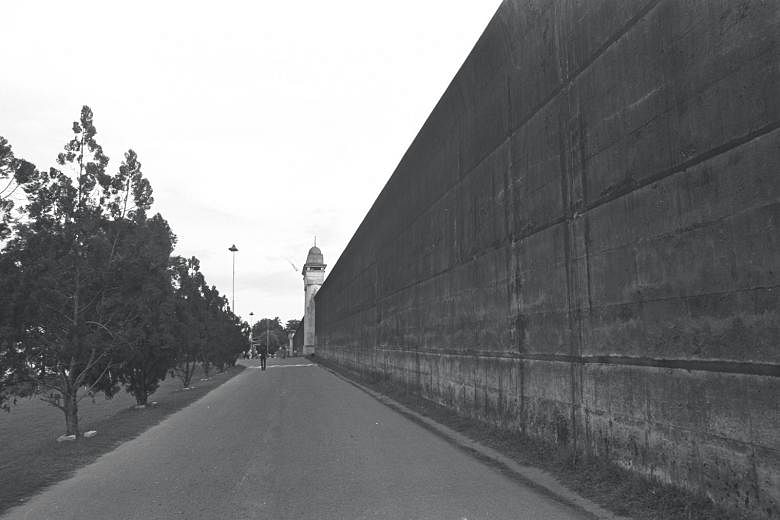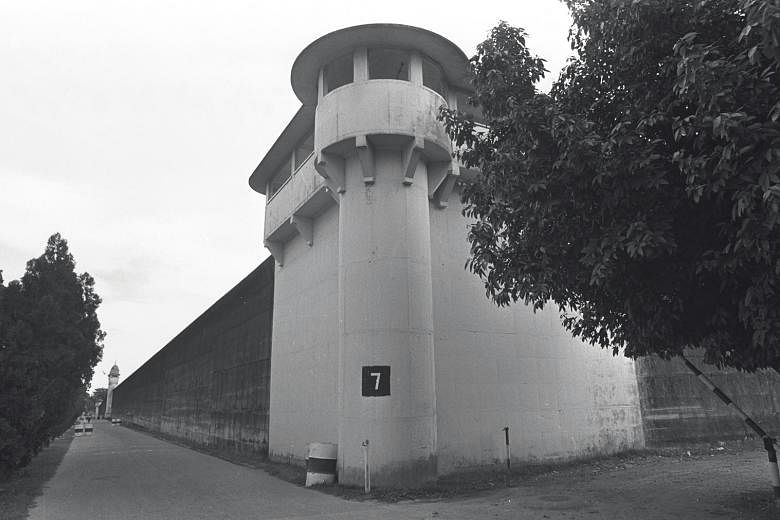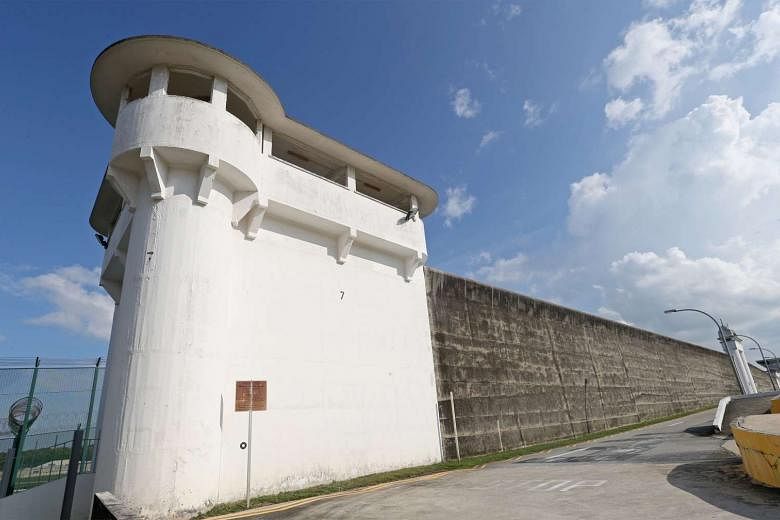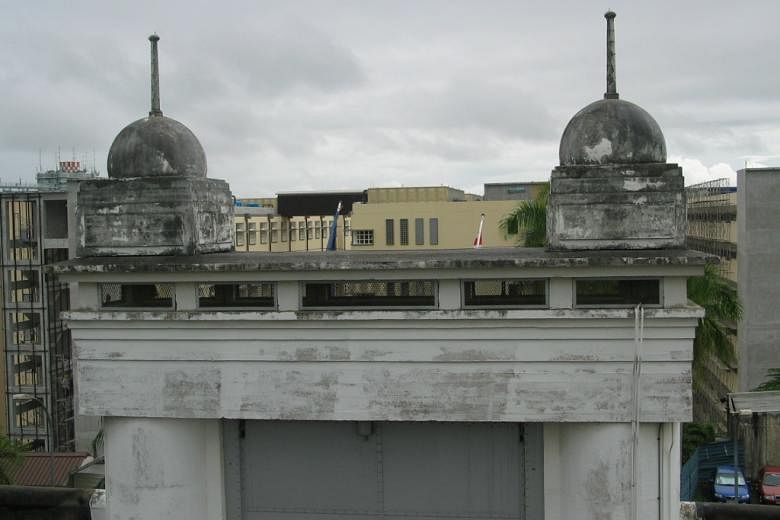SINGAPORE - Parts of Changi Prison were gazetted as Singapore's 72nd national monument on Monday (Feb 15).
Explaining its decision, the National Heritage Board (NHB) said it was "in remembrance of Singapore's wartime experience and as a grim reminder of this dark episode in our history".
The double-leafed steel entrance gate, a 180m stretch of prison wall and two corner turrets were chosen as they had been preserved when the prison moved to a new complex nearby in 2004.
Here are six things you may not know about the old Changi Prison.
1. Prison overcrowding
Before Changi Prison's completion in 1936, Singapore suffered from acute prison overcrowding.
The early years of colonial Singapore (1825-1873) saw two systems of incarceration with a Convict Prison at Bras Basah and a Civil Prison at Pearl's Hill.
Although a new Criminal Prison at Pearl's Hill, near the Civil Prison, was built in 1882 to ease overcrowding, the problem eventually returned.
2. Modern facilities
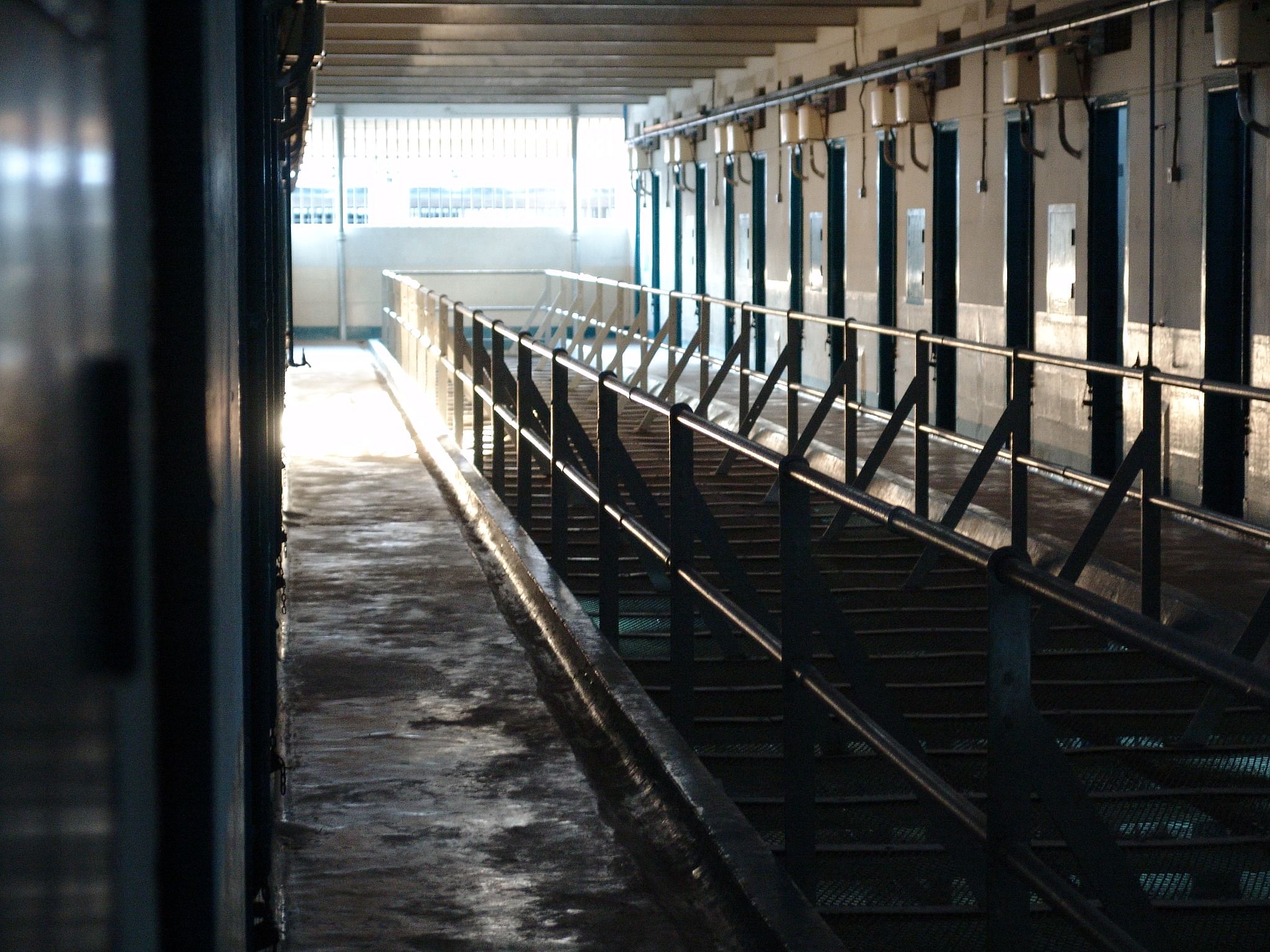
Designed as a maximum security prison, the facility was acclaimed as the "most modern institution of its kind in the East" when it became operational on Jan 4, 1937, NHB said.
It boasted a comprehensive alarm system and electrical lights in its cells.
3. "Telephone-pole" layout plan
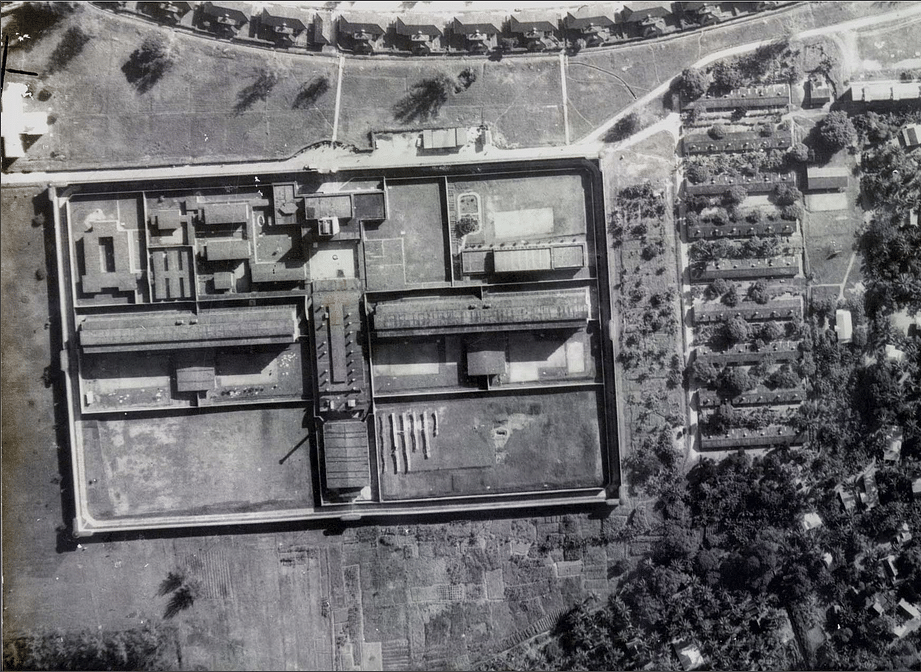
The prison was originally enclosed within a perimeter wall more than 6m tall, with four turrets located at each corner serving as watchtowers.
It had two four-storey blocks of prison cells branching out from a central covered corridor - following the "telephone-pole" layout commonly adopted by prisons built in the late 19th and 20th centuries. From above, the layout of the prison resembled the top of a telephone pole.
This design allowed for quick warden access to either prison block.
4. POW camp in WWII
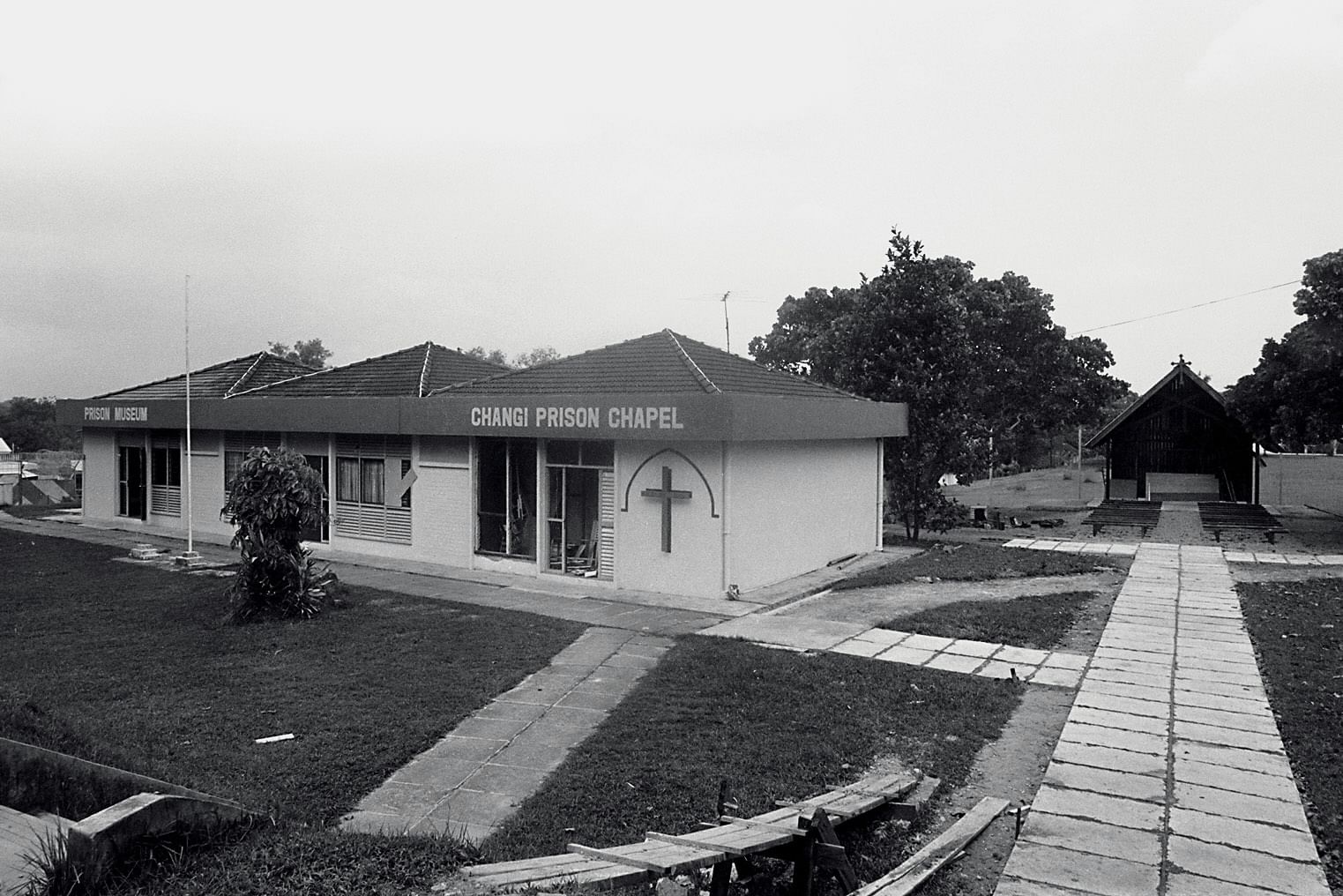
During the Japanese Occupation of Singapore from 1942 to 1945, Changi Prison was converted into an internment camp for civilians and prisoners of war (POW).
Following Singapore's surrender to the Japanese on Feb 15, 1942, the entire Changi area was used as the principal POW camp in South-east Asia.
Despite being designed to hold only 600 prisoners, more than 2,500 civilians and POWs, including the entire British service, were packed into Changi Prison.
5. Harsh living conditions
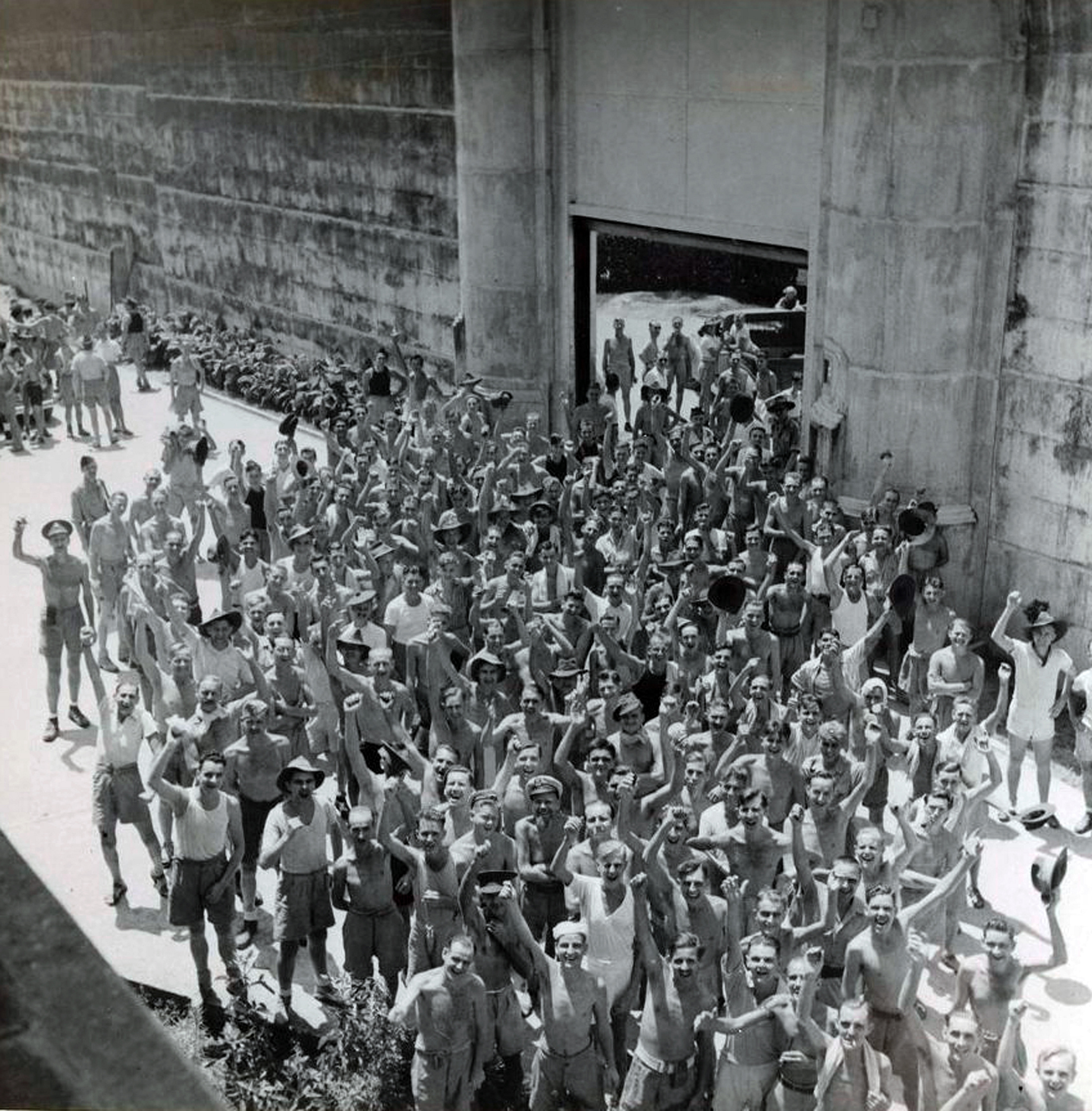
While the POWs were granted partial control over camp affairs due to the shortage of Japanese personnel, they had to endure overcrowding, malnutrition and diseases such as malaria and beri beri, caused by vitamin deficiency.
Conditions deteriorated and by May 1944, there were over 5,000 prisoners packed into poorly ventilated cells. Food shortage was a severe problem.
The POWs were forced to erect attap huts in the prison's courtyards to ease overcrowding, while the extreme scarcity of food towards the end of the war meant they had to scavenge for wildlife, including sparrows and rats.
6. Venue for military courts
After the POWs were released at the end of WWII on Sept 6, 1945, Changi Prison became the venue for several military courts, with those convicted of war crimes against POWs and civilians hanged there.
The prison returned to civilian control only in October 1947.
